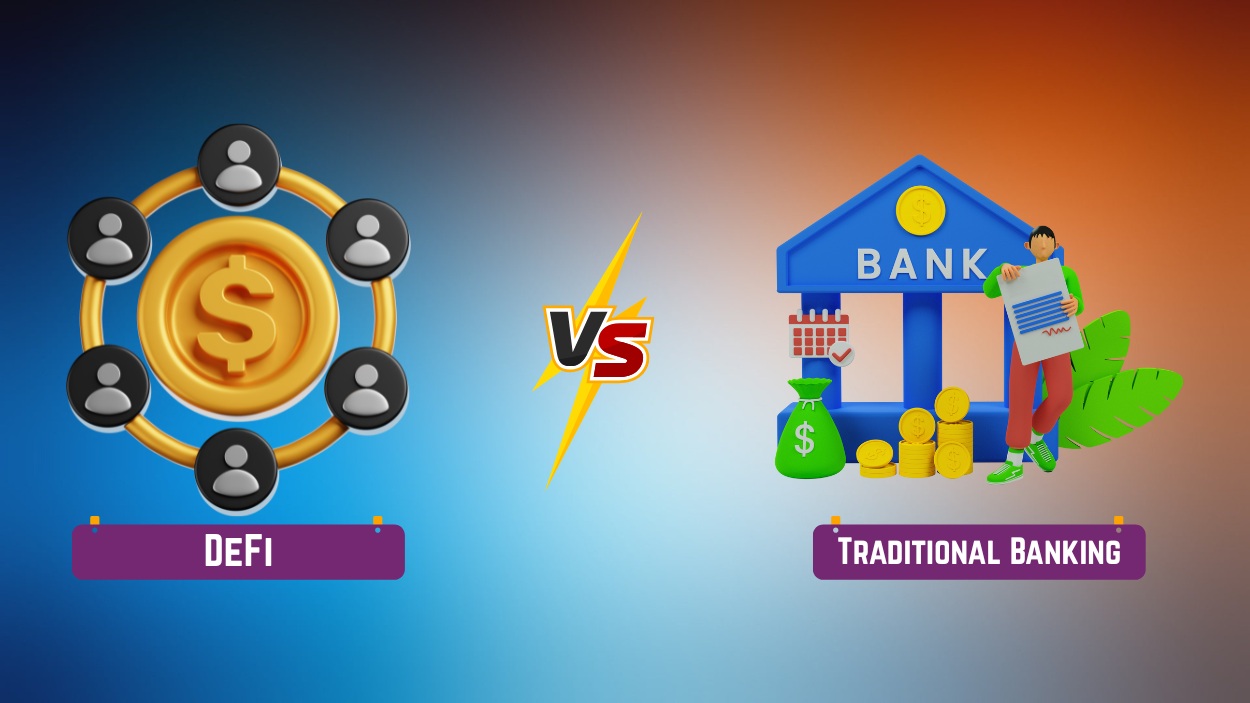A lot has changed in the way we handle money. We split bills with friends, invest through apps, auto-pay rent, and shop on flash sales—all in the same day. But if your savings account still thinks like it’s 2012, that convenience hits a wall.
In 2025, choosing between a traditional and digital savings account is a design decision.
And yet, many customers aren’t asking the right questions before picking a bank. The real difference lies in how well your account fits your daily life.
So what should you really look for when choosing between the two? Let’s start with the basics—how easy it is to open your digital savings account.
Accessibility: Branch Queues vs. One-Tap Onboarding
Traditional savings accounts still require a physical visit for activation—especially in public sector or older private banks. Even with partial digitization, processes like KYC verification or cheque book requests often involve branch follow-ups.
In contrast, digital savings accounts let you complete the entire process—right from filling your form to full KYC—on your phone. Banks like Ujjivan SFB allow account activation within minutes using Aadhaar and PAN, offering paperless, video-KYC based setups. The convenience isn’t just for urban youth—semi-urban customers and first-time account holders are increasingly choosing this route.
Interest Rates and Cost Structures
Most traditional savings accounts offer interest rates in the 3.5%–4% range, with quarterly payouts. They also enforce minimum balance requirements—typically ₹5,000–₹10,000 in metro branches—with penalties if not maintained.
Digital savings accounts, however, now offer significantly better value. Interest rates can go up with some banks. For example, Ujjivan SFB’s offer tiered-based high interest savings accounts, up to 7.5% p.a. (T&C Apply*), that accumulates faster, which is ideal for users who maintain moderate daily balances but want a better yield.
The cost differential also shows up in hidden charges. Traditional accounts may involve fees for ATM use beyond limits, passbook printing, SMS alerts, etc. Digital-first platforms usually consolidate or waive most of these.
Customer Support: Human Touch vs. AI Speed
Traditional banks are known for their relationship managers, especially for older customers, business owners, or HNI clients. Many people still find value in in-person visits—especially when dealing with documents, large cash transactions, or fixed deposits.
But the next-gen customer doesn’t want to wait for counters or navigate IVRs. Digital savings accounts now offer robust chatbot and human-assisted support, email-based query tracking, and 24/7 self-service dashboards. The UX is getting better each year. Some hybrid models now let you chat with real agents via apps without stepping into a branch.
Tools, Automation, and Everyday Convenience
This is where digital wins big. Digital savings accounts now bundle features that traditional ones rarely provide as standard:
- Built-in spend analysis
- Bill reminders
- Auto-sweep to fixed deposits
- Virtual debit cards
- Integration with budgeting apps
- UPI/QR setup without visiting branch
This is especially helpful for users managing multiple income sources, subscriptions, or transfers. Instead of just holding your money, a digital savings account becomes a financial cockpit.
Traditional accounts tend to separate these tools into third-party apps or premium services. While they’re catching up, the user experience is often clunky and inconsistent.
Inclusion, Reach, and Regulatory Backing
Digital savings accounts are playing a critical role in India’s financial inclusion story. Thanks to mobile banking, even rural customers can now open digital savings accounts without a branch visit. With many platforms offering apps in regional languages and biometric authentication, users who were once excluded due to paperwork or lack of literacy are now active account holders.
Still, traditional banking continues to be essential in Tier 2 and Tier 3 towns where customers prefer face-to-face trust, need assistance for pension schemes or loans, and where physical infrastructure remains the gateway.
Bonus Insight: Your Money Has a Personality
Are you a saver who checks balances every week, moves funds into FDs, and uses your card only for planned purchases? Or are you the type who makes 5 UPI payments a day, tracks cashback rewards, and automates bills?
Your money behaviour, not your age or income, should decide the account. Think of it as choosing between an SUV and a scooter. Both work—but only one fits your daily lifestyle. A digital account evolves with you. A traditional account protects you from chaos. Some people even need both—because your money isn’t just about earning or saving. It’s about how you live.
Final Thoughts
If you prefer automation, better returns, and no queues—digital savings accounts are made for you.
If you rely on branches, want a dedicated banker, or feel safer offline—traditional accounts still offer unmatched trust.
But if you want both convenience and coverage, nothing stops you from using a digital savings account for your daily expenses and a traditional one for long-term holdings. In 2025, Indian banking doesn’t ask you to choose between old and new. It gives you the tools to design your own ecosystem.


